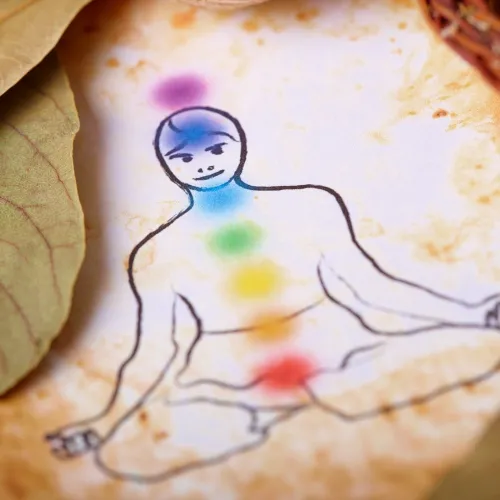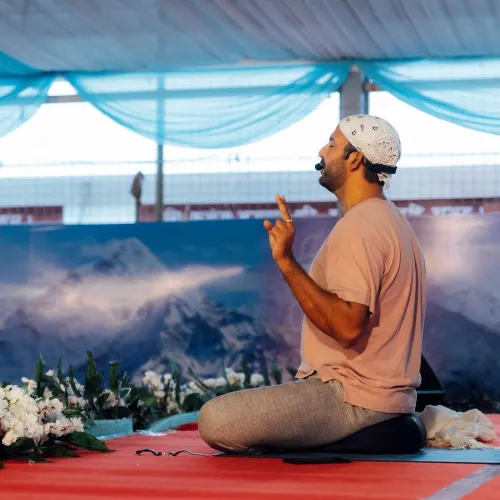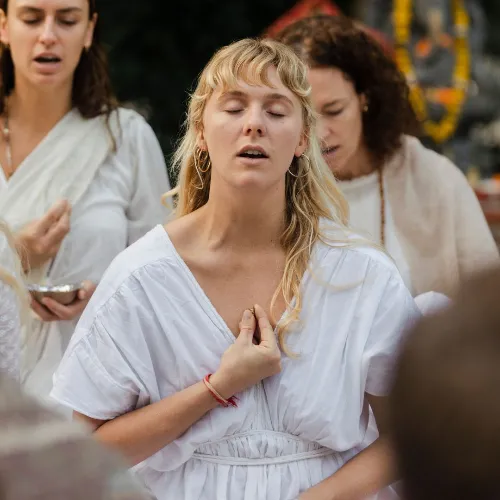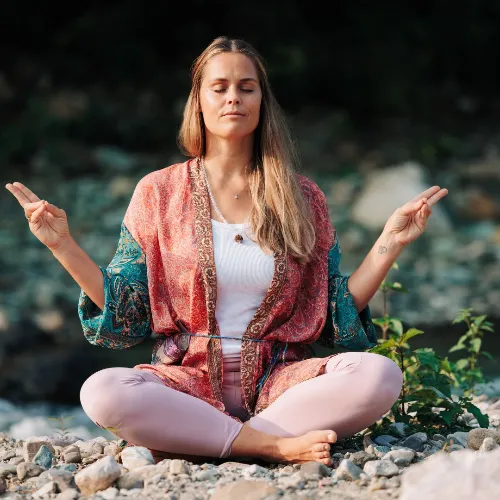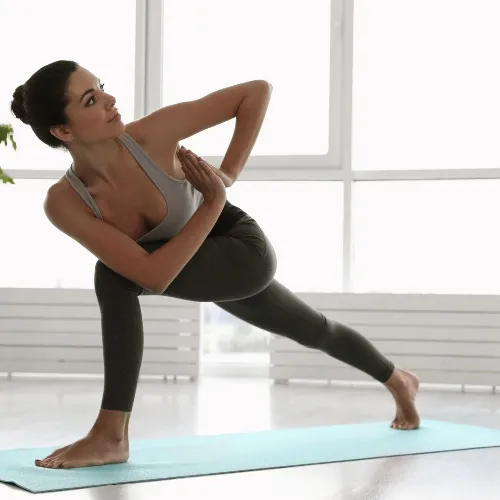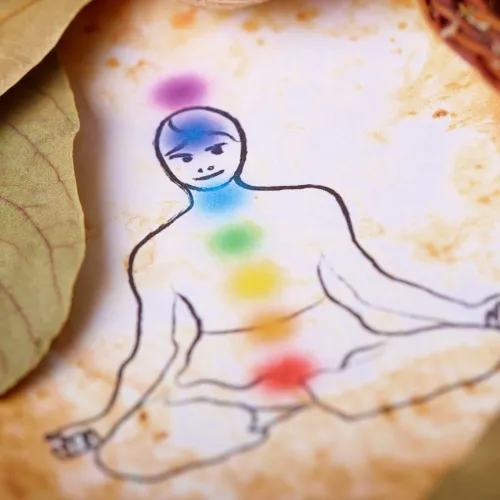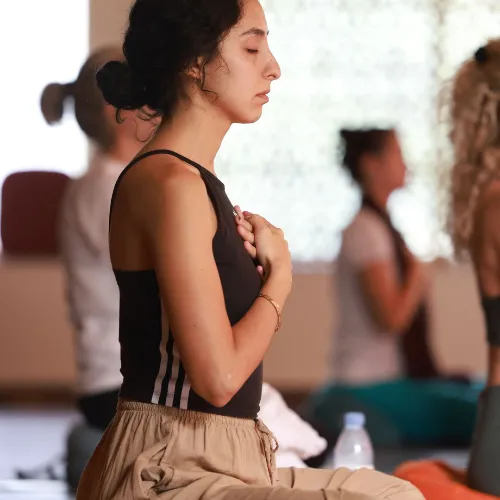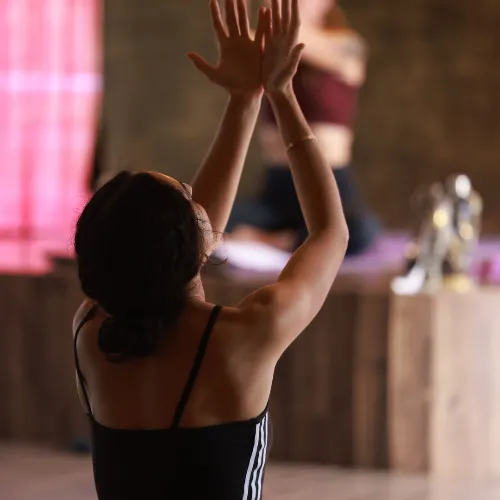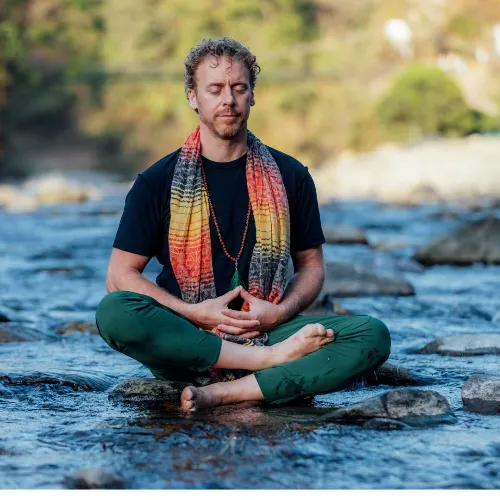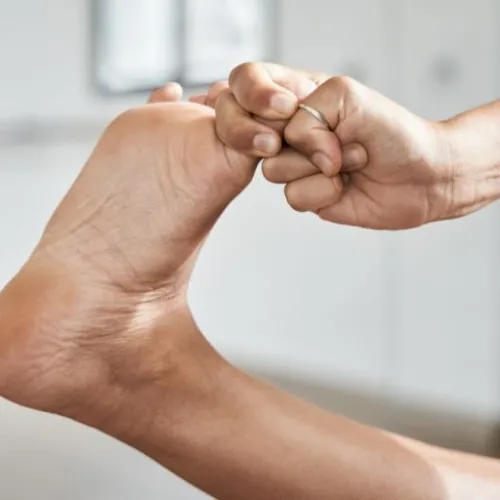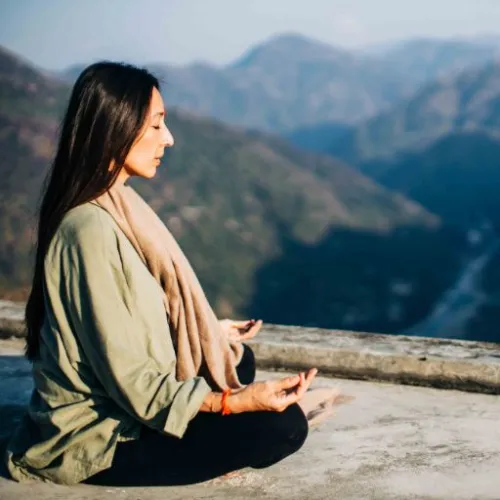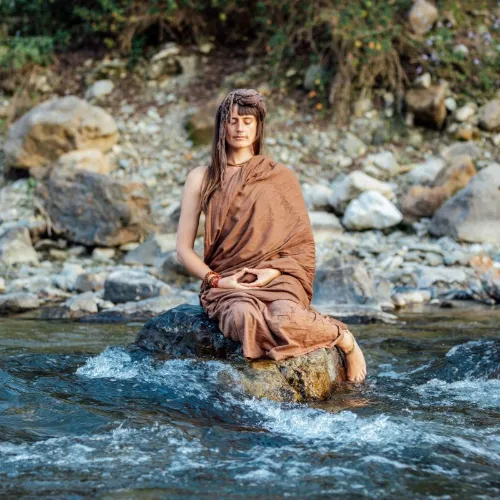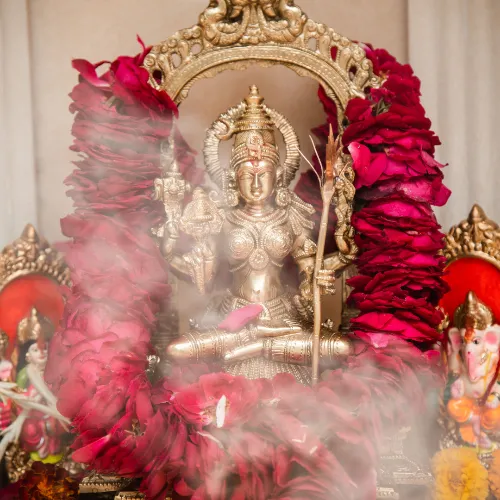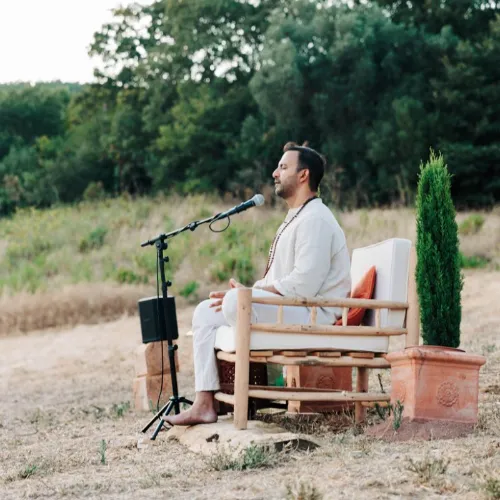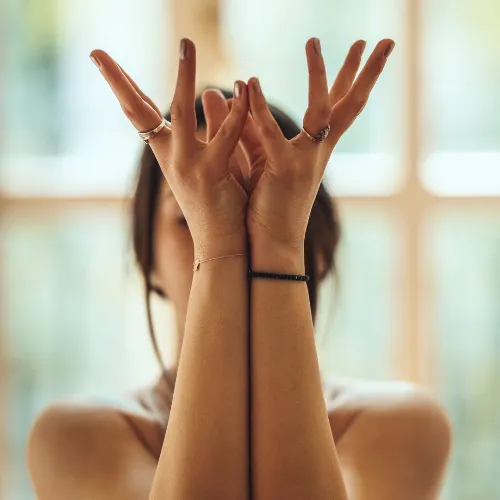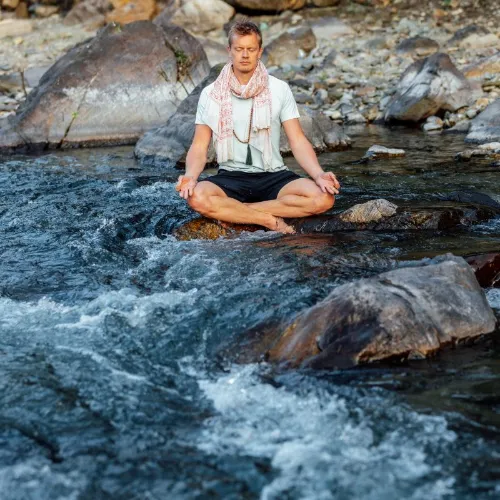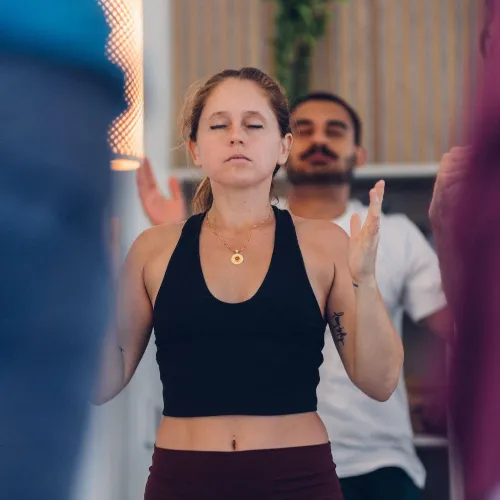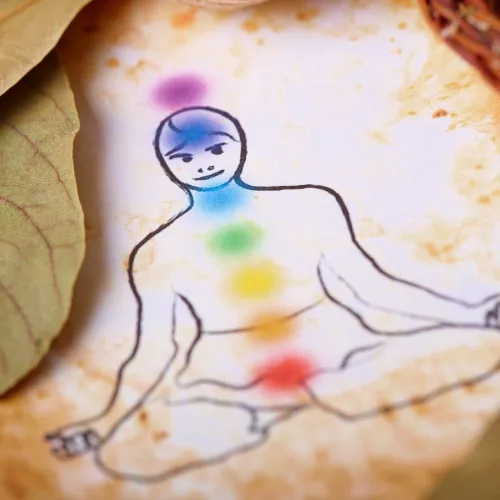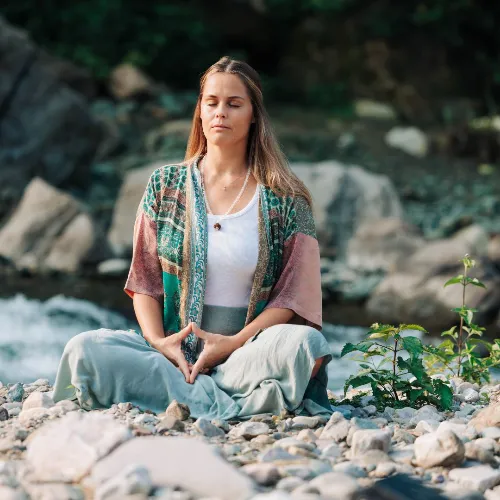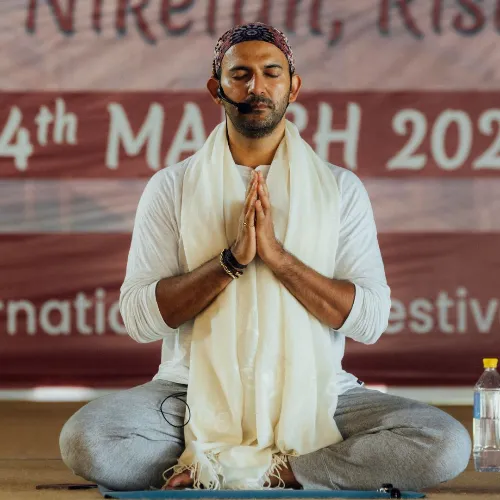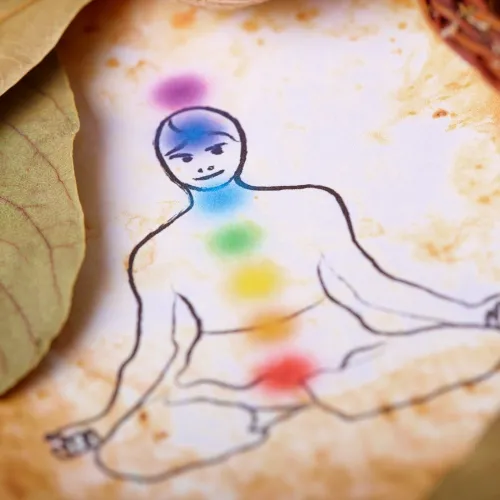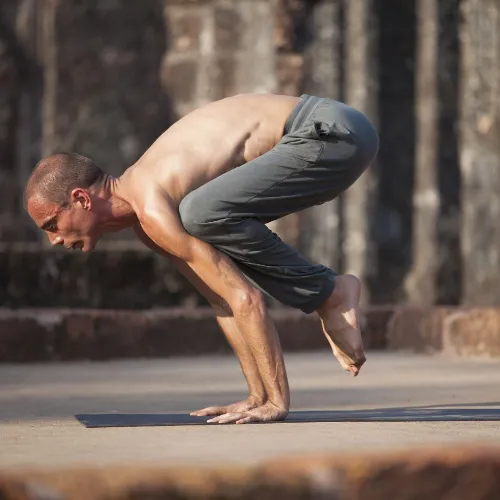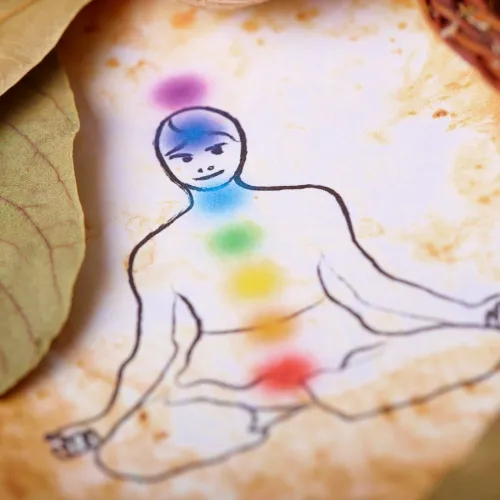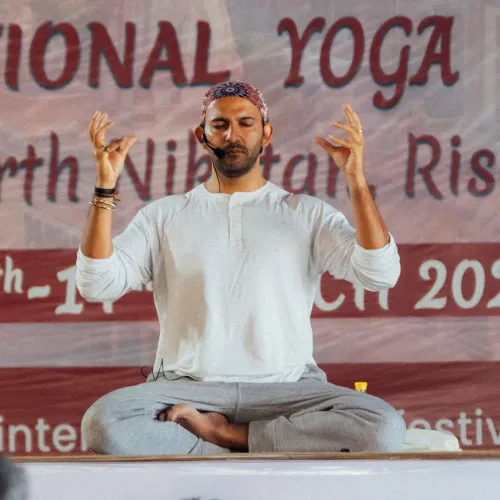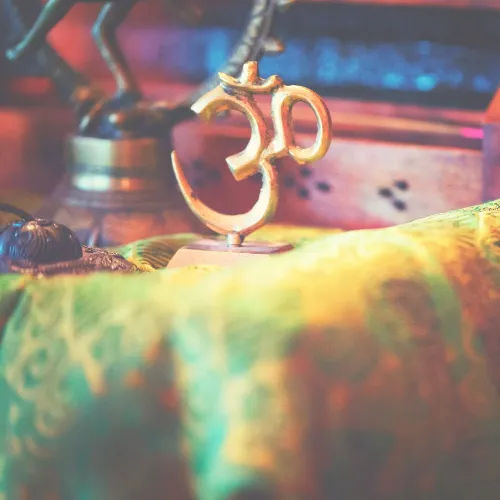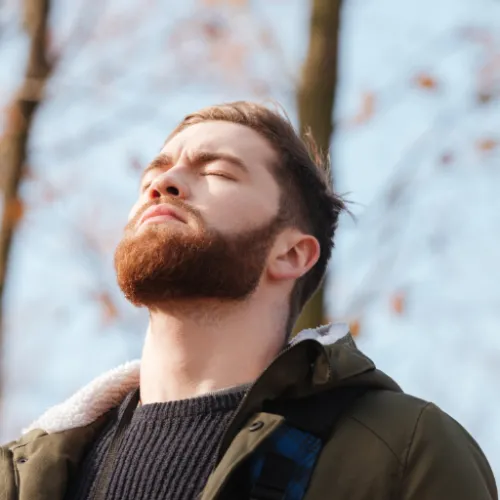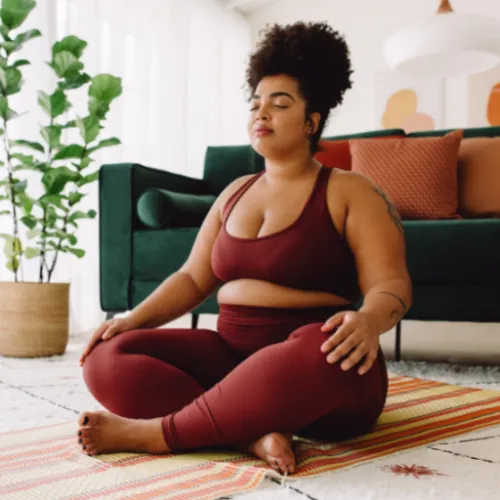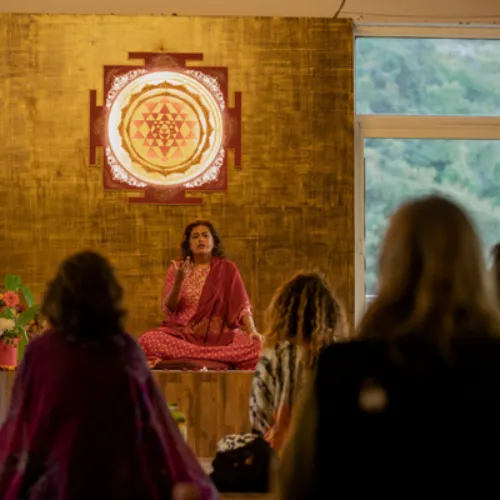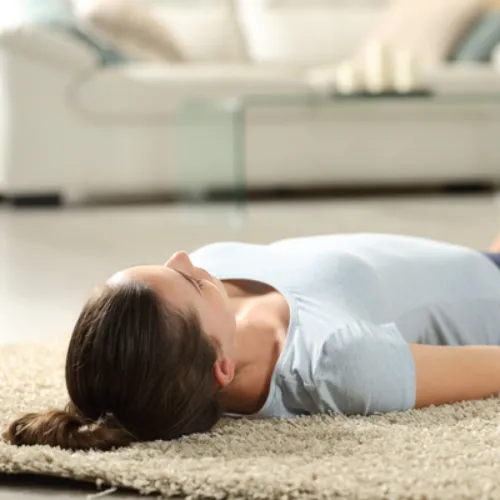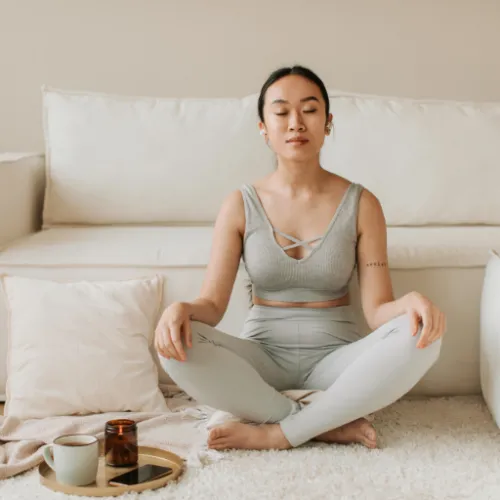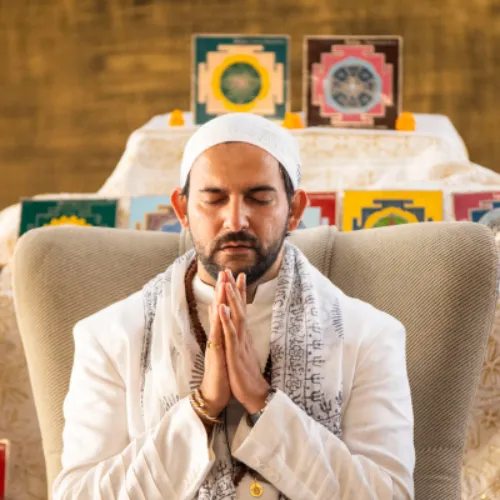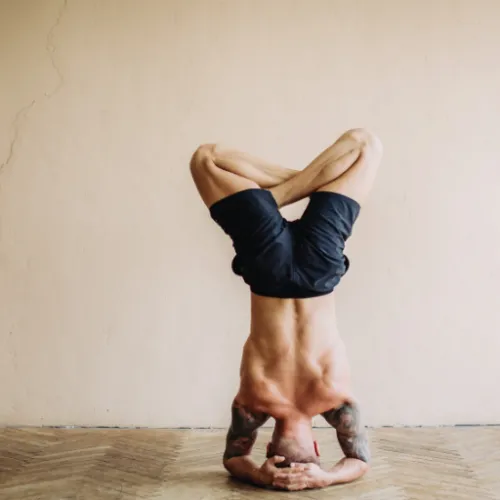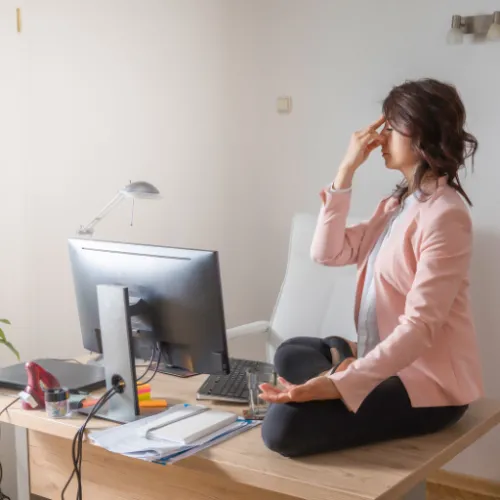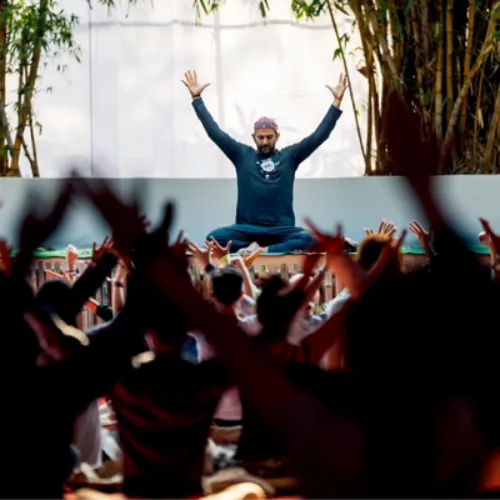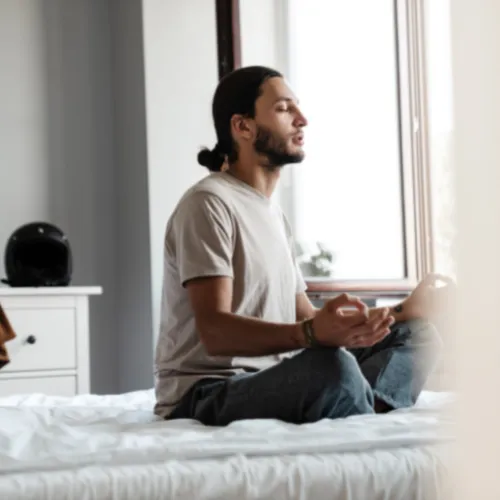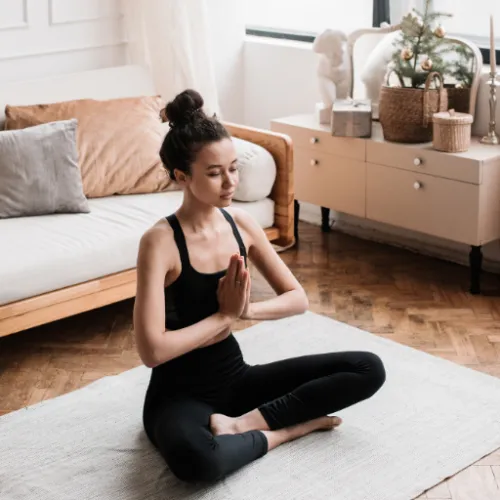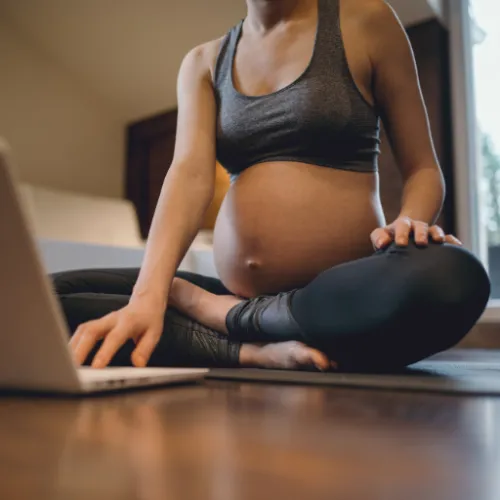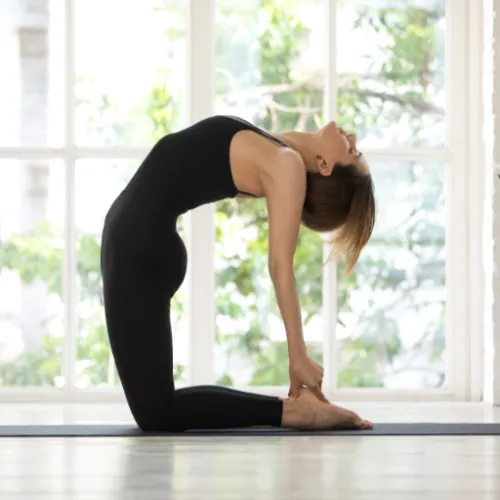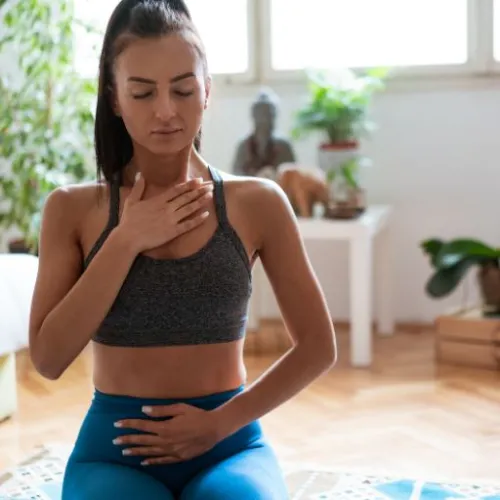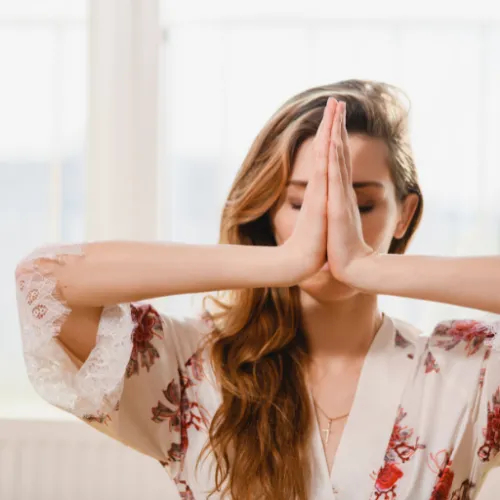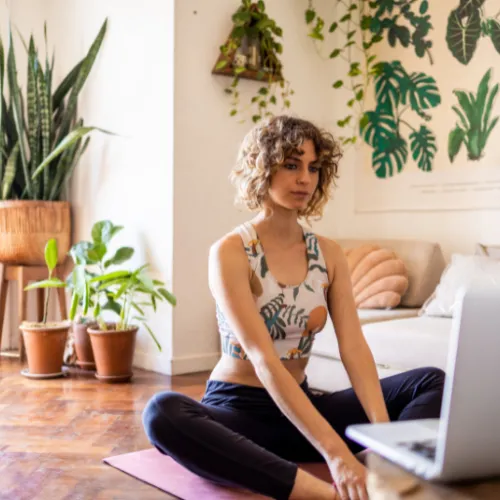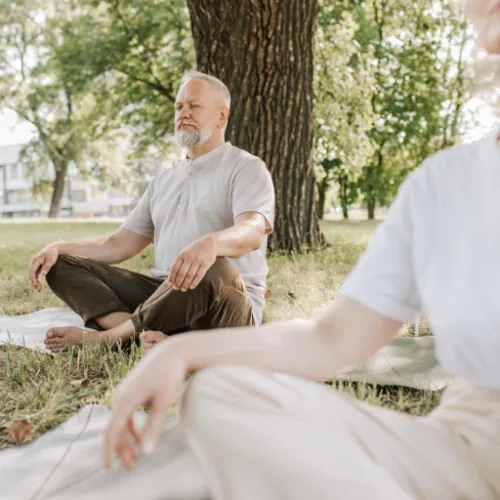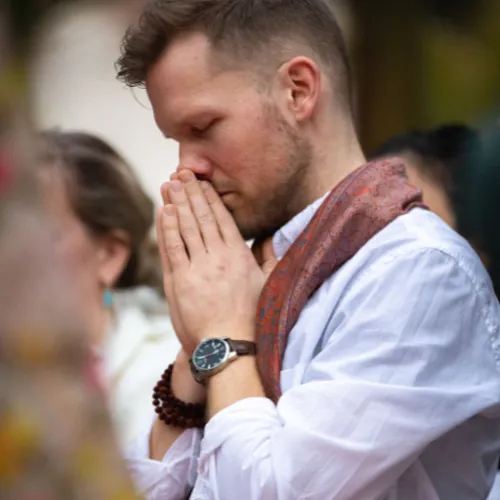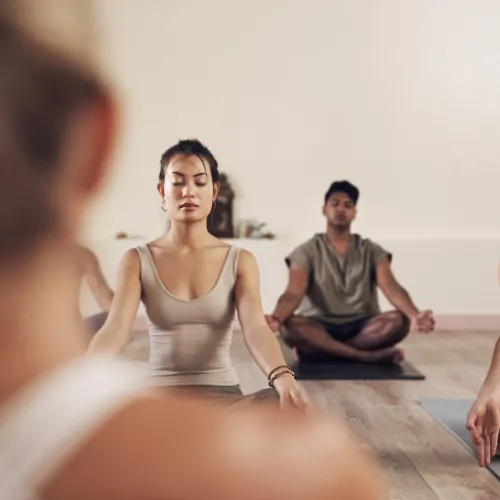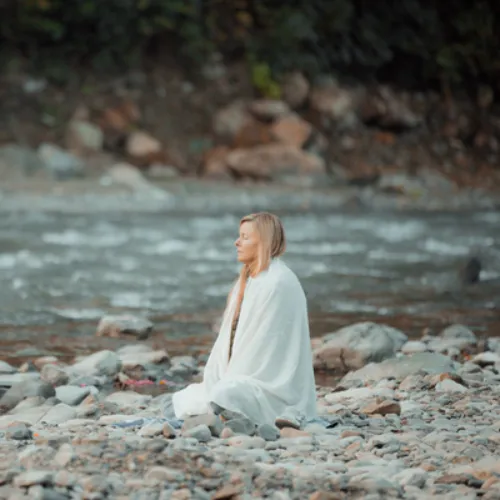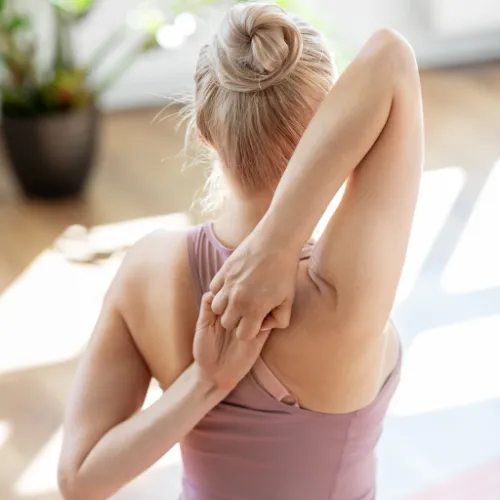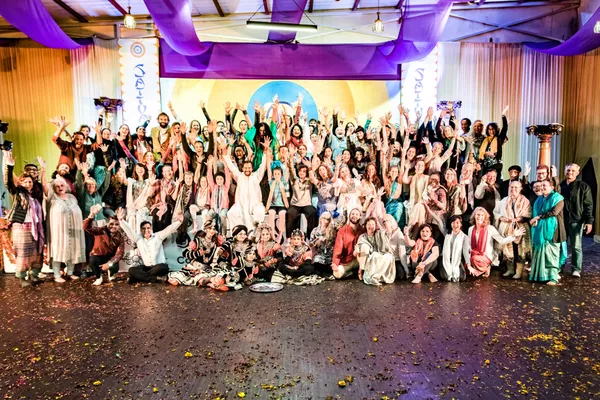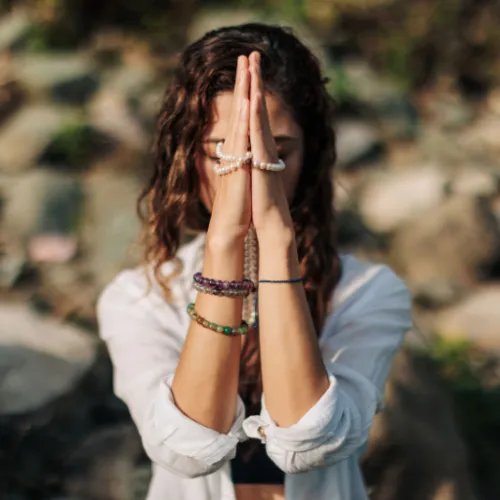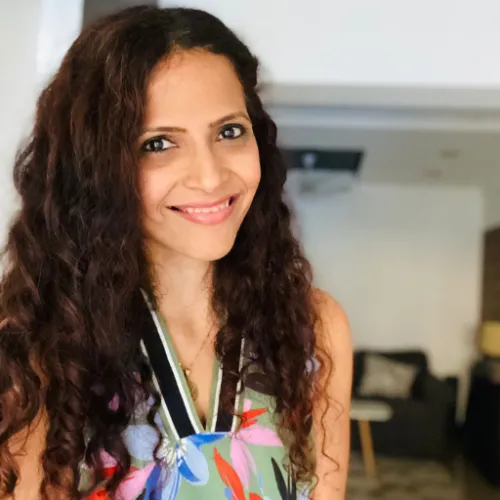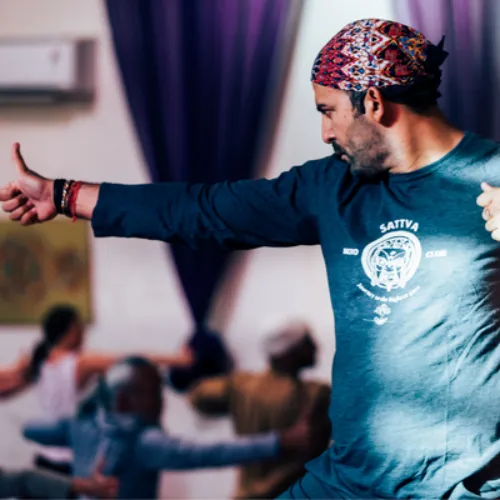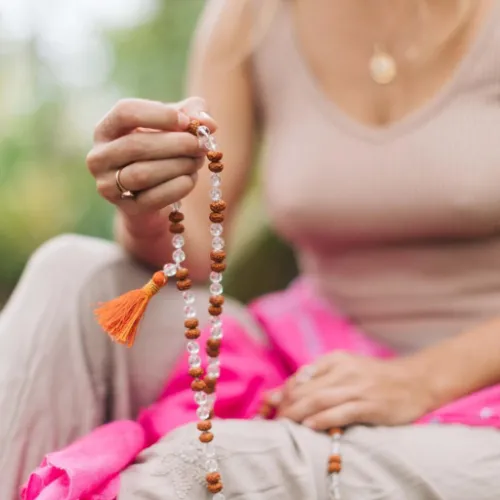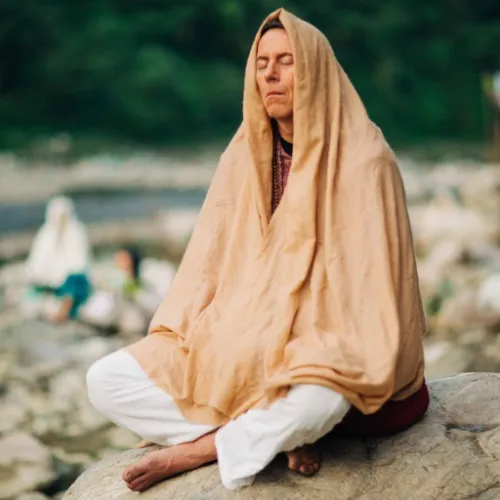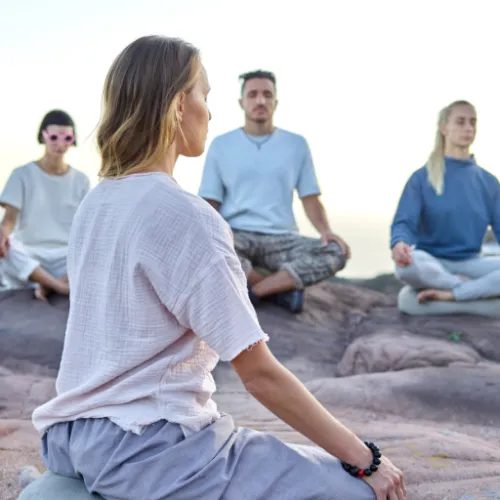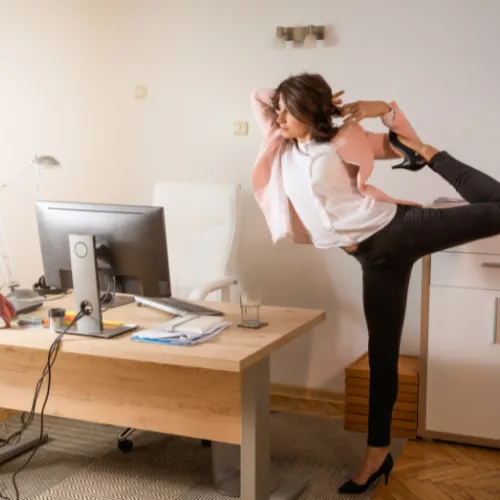


In a world that often tells us how our bodies should look, it’s easy to lose sight of how incredible they truly are. We’re conditioned to measure our worth by size, shape, or comparison — rather than by strength, resilience, and the simple miracle of being alive.
Yoga offers a different path.
Rather than asking us to change our bodies, it invites us to come home to them. To shift our focus from external appearance to internal experience. Through conscious movement, breath, and presence, yoga nurtures a deep and lasting self-love—one rooted in acceptance, gratitude, and reverence for the body we move in.
Let’s explore how yoga can guide us toward a more loving, empowered relationship with ourselves—one breath, one pose, one moment at a time.
Reconnecting with Your Body’s Strength
Yoga is not about how your body looks. It’s about how your body feels—how it supports you, moves for you, and carries you through life.
Each time you step onto the mat, you’re invited to move with mindfulness. In poses like Tadasana (Mountain Pose) or Virabhadrasana I (Warrior I), you meet your own strength—not in how deep the stretch is or how long you can hold it, but in the awareness you bring to your movement.
Yoga celebrates ability over aesthetics. It reminds you that your body is not an obstacle—it’s your teacher. And by listening to it, honoring its signals, and meeting it with compassion, you begin to build a more respectful and loving relationship with yourself.
Gratitude Through Mindful Movement
Gratitude transforms everything. And in yoga, every breath, every stretch, every beat of your heart becomes something to be grateful for.
Whether you’re easing into a gentle stretch or discovering newfound strength in a challenging pose, yoga helps you shift from criticism to appreciation. You begin to notice what’s working—how your lungs expand, how your spine lengthens, how your feet root down to support you.
This shift isn’t about perfection or progress. It’s about presence. And with presence comes a sense of gratitude—for the movement, for the breath, for the moment.
Breathwork: Connecting to the Present Moment
The breath is a powerful bridge between body and mind. When you breathe consciously in yoga, you tune in. You arrive. You connect.
Practices like Ujjayi breath or Three-Part Breath (Dirga Pranayama) quiet the mind and deepen your awareness of the body. They allow you to feel more grounded, more embodied, and more in tune with what you truly need.
Breathwork also activates the parasympathetic nervous system—your body’s rest-and-restore mode—helping release the tension and anxiety that often accompany negative body image. Through breath, you create space. Space to soften. Space to heal.
Compassionate Awareness as a Path to Self-Love
Yoga isn’t about doing more—it’s about being more aware. And with awareness comes compassion.
You don’t have to “fix” yourself on the mat. You don’t have to measure up. Instead, yoga invites you to show up—just as you are. In every wobble, every breath, every surrender, you learn to be kind to yourself.
This compassionate awareness—meeting yourself where you are, with tenderness rather than judgement—is the foundation of self-love.
Taking Gratitude Off the Mat
Yoga doesn’t stop when class ends. As your practice deepens, so does your sense of appreciation for your body—off the mat and into your life.
You begin to notice how your body supports you during a long day. How your breath steadies you in stressful moments. How your legs carry you, your hands create, your heart feels.
And in this noticing, gratitude becomes a daily practice. One that transforms not just your relationship with your body, but with yourself.
Embracing Your Body with Love
Yoga isn’t here to make you different. It’s here to help you remember how whole you already are.
By shifting your focus from how your body looks to what it can do, you create space for appreciation to bloom. You move from self-judgement to self-kindness, from criticism to care.
And that’s the heart of the practice: not performance, but presence. Not comparison, but compassion.
So step onto your mat with openness and intention. Let your breath be your anchor. Let your body be your guide. And most of all, let your practice be an act of love—for the body you live in, and the self you are becoming.
